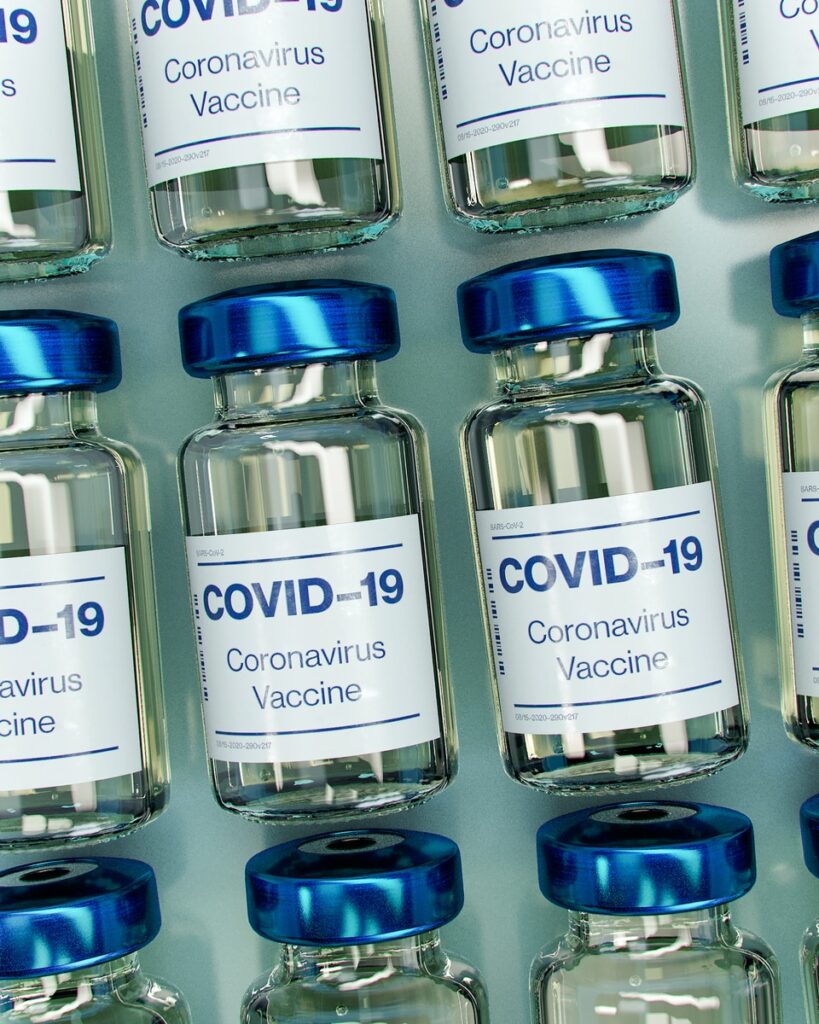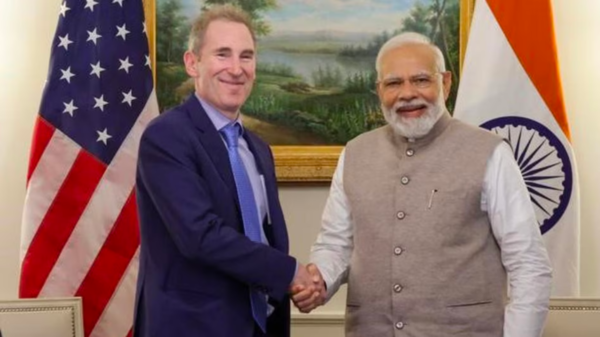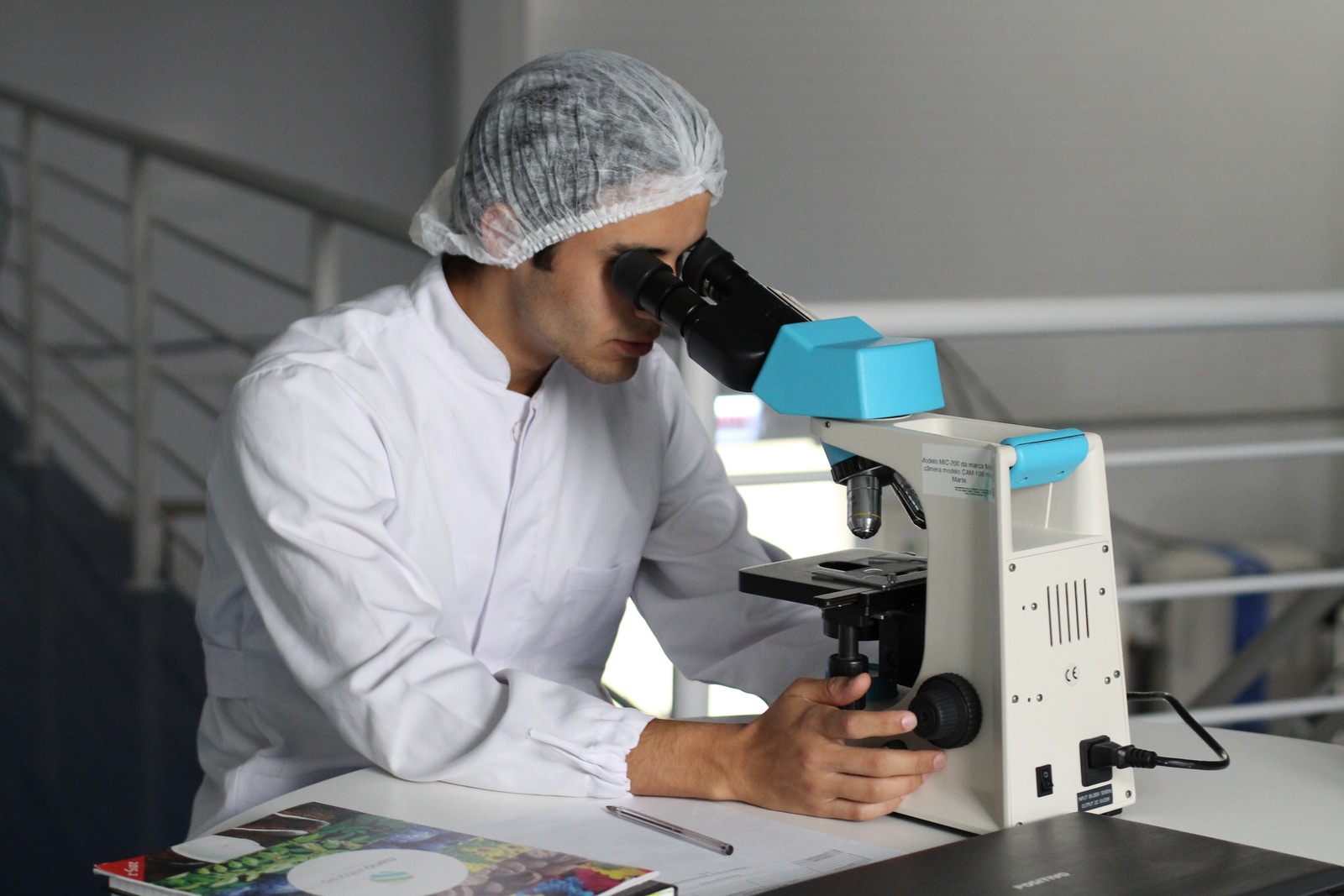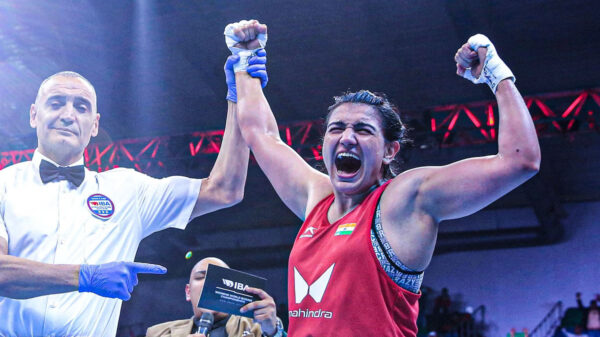Can tech help in reviving India’s crumbling health system? The fatal first wave of COVID-19 in early 2020 was a grueling experience for India and the whole world, with no space in cremation grounds for final rituals to scarcity of oxygen Covid attacked us in the most unprecedented times leaving us with no alternatives but to face it with all our might and the disturbing sights.
Dr. Sangram Kapale and his colleagues were out of the many front-line warriors of this fight.
Saving lives with scarce resources at one point seemed impossible and with the number of fatalities increasing by every passing moment along with an exponential number of cases was just worsening the situation. The lack of paramedics also contributed to the crisis which left me with no option but to force medical students with no experience in hands to handle patients in their critical yet delicate stages.
In Maharashtra which was the hotspot during the pandemic, Dr. Kapale was in charge of a temporary COVID treatment center in Pune which had a capacity of 800 beds.
The center soon became overwhelmed with the increasing number of patients and making situations worse were the anxious family members gathered outside. On one hand, doctors were doing everything within their capacity to save lives and on the other hand, doctors were accused of negligence by patients’ relatives because they had no idea what was happening inside.
But thanks to these efforts, the Indian government has now ramped up its spending and there’s a target of investing 2.5% of GDP on health by 2025 which is way better than the pre-pandemic India which reported one of the lowest levels of public spending on health care accounting to just 1.5% of India’s GDP and just small comparison countries like the UK had invested 10.2% of its GDP.

The pandemic had a devastating impact on India but it was a turning point for India’s entire health care system. Most aspects of healthcare, diagnostics, and life science are moving to or have moved to low cost, high tech, and wider reach to people even in the farthest corners of the country.
With roughly 6000 startups in the Indian healthcare sector and out of the many that stand out is “Dozee”.
Dozee uses a smart sensor underneath the patient’s bed-sheet which tracks the micro-vibrations produced by the body when the heart pumps blood and keeps track of the patient’s breathing and other vital movements.
After these observations are collected these are then translated into data and processed by an algorithm based on AI which if detects anything abnormal informs doctors and nurses at a central monitoring system.
Dozee aims to install its technology in more than 1,000 hospitals and 50,000 beds by the end of 2022. Their ideology is to simplify the entire monitoring process and make it more patient-centric by reaching out to the wards in the farthest corners and even to patients’ homes.
With technology playing a key role in the transformation, government spending has increased over the last two years which will significantly help both the public and private sectors to scale up.
This is not the only story that’s making this world a better place to live
A health tech entrepreneur from the Silicon Valley of India, Dr. Geetha Manjunath, founded Niramai in 2016. She wanted to improve the scenario of breast cancer screening In India.
Unlike US and UK, India lacks the infrastructure for early detection through regular, systematic screening programs, and because of the late-stage detection, India regularly experiences a high mortality rate.
Dr. Manjunath says in India, half of breast cancer cases are seen in Women under 50 and traditional X-ray detection has low accuracy which can be found almost everywhere in the country.
Her firm “Niramai” has developed a small, portable screening device with a technique for early-stage Brest cancer detection.
A high-resolution thermal sensor is used to measure temperature variation on the patient’s chest, AI then analyses these 400,000 temperature points to generate a report in which it marks the region with abnormal behavior.
The best part of this device is it’s easy to use and can be used by low-skilled health workers in remote parts of the country, making a more systematic screening program making it feasible and reducing the cost of the processes involved.
These are just a few examples of how tech is helping in reviving health care in India but, we shouldn’t forget it has its limitations.
AI still has a long way to go, although its contribution to the medical and health care fraternity has been unparallel and even if AI is helpful, we still need doctors and presence in the critical hours and it won’t be wrong to say tech and AI are just assistance for us in this noble cause.




































